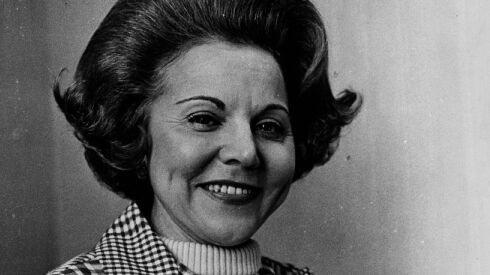Chicago Sun-Times Executive Editor Jennifer Kho.
Ashlee Rezin/Sun-Times
Over 75 years, the Chicago Sun-Times has covered stories of triumph and infamy, innovation and resilience, crime and corruption. There were unforgettable sports moments and legends, and the many Chicago characters that make up the highs and lows of the city we love.
We are so proud to be a part of this history.
To mark our anniversary, we are looking back at stories from our archives and looking forward with opinions from new thought leaders in our ‘Chicago’s Next Voices’ series.
We also look forward to hearing from you! Tell us how the Sun-Times has fit into your life below.
The Sun-Times asked readers to share their predictions for Chicago’s future. Each month, we will share a new take on what the city could and should be for our fellow Chicagoans.

Your story could be shared in the paper or online.















